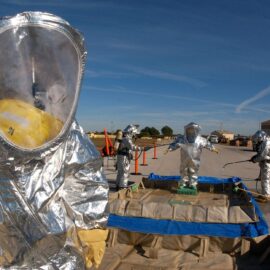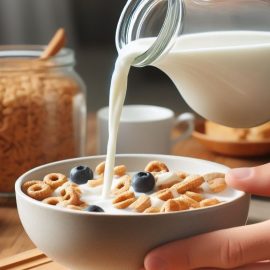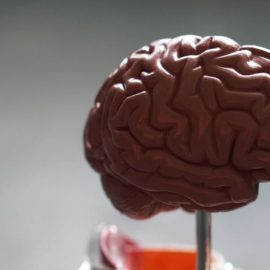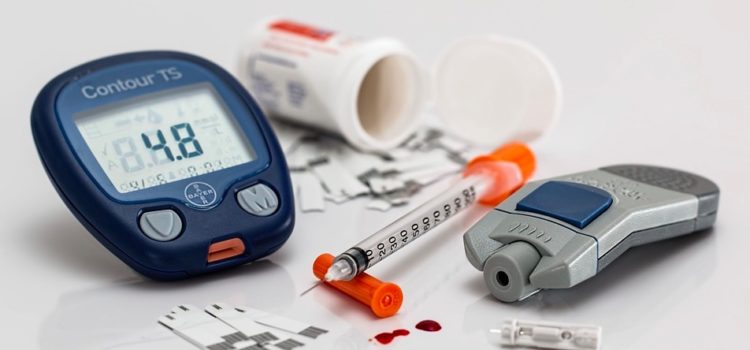
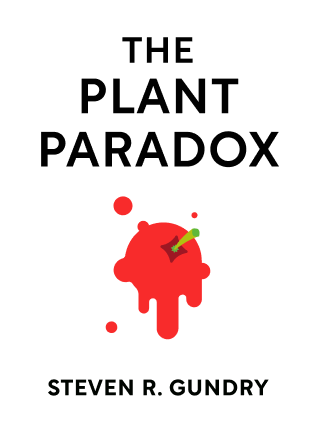
This article is an excerpt from the Shortform summary of "The Plant Paradox" by Steven R. Gundry. Shortform has the world's best summaries of books you should be reading.
Like this article? Sign up for a free trial here .
How do diabetes and ketones interact in the body? Should a diabetic use the keto diet?
Ketones are an alternative energy source for your body. By relying on ketones, you can start burning fat.
Read more below to understand the metabolic relationship between diabetes and ketones.
Ketones for Energy in the Body
To promote weight loss, you want your body to stop diverting extra sugar to fat cells and instead start burning that fat for energy. In order for the mitochondria to use the fat for energy, an enzyme called lipase has to turn fat into a ketone—but insulin blocks this enzyme from working, so you can’t start burning fat until your insulin levels drop.
To reduce your insulin levels, you have to start by cutting your sugar and protein consumption. However, most people on the standard American diet still have enough insulin in their systems to block lipase from working, so you’ll need some extra help: Plants create ketones that are present in certain foods, and eating ketone-containing foods will kickstart your body into ketosis, so it starts to break down your fats into ketones and burning those for energy.
Some sources of ketones include
- MCT (medium-chain triglycerides) oil, which is 100% ketones
- Solid coconut oil (solid below 70 degrees), which is 65% ketones
- Red palm oil—or palm fruit oil—which is 50% ketones
- Butyrate (found in butter, ghee, and goat butter), which
Let’s look at how ketones can help your body ward off diseases, especially the relationship between diabetes and ketones.
Diabetes and Ketones
Unlike sugars from carbs and proteins, ketones don’t need insulin to transport them to mitochondria so they can be converted to energy. This is important in understanding the relationship between diabetes and ketones. People with diabetes should up their fat (ketone) intake while reducing their carbs, sugars, and protein.
The same goes for people with kidney issues. Like the positive relationship between diabetes and ketones, those with kidney issues can also benefit from ketones.
Kidneys have two main functions:
- Expel water from what you drink and eat
- Filter out the by-products of protein
If you have kidney problems, limit your protein and fruit in particular.
Think of food like fuel in your car: Protein is like diesel and gives off fumes when it burns, so the kidney has to filter out that waste. By contrast, ketones are like natural gas and burn clean, so your kidneys don’t have to work.
Fruit is harmful because most of the fructose goes to the liver, where it turns into triglycerides, which lead to heart disease, and uric acid, which increases blood pressure, damages your kidneys, and causes gout. Remember that humans used to only eat fruit during the few months of summer—for the purpose of fattening up for winter—which gave their bodies the rest of the year to recoup from the negative side effects.
Cancer
In addition to diabetes and ketones, cancer cells also have a unique relationship with ketones. Unlike normal cells, cancer cells can’t generate energy from ketones; they get energy from fermenting sugar, just as yeast and bacteria do. Furthermore, they prefer fructose (the sugar in fruit) to glucose.
This is an inefficient way to get energy, meaning that cancer cells need way more sugar to grow than normal cells. In other words, if you cut down on sugar, you can starve the cancer cells. (Shortform note: Studies show that ketogenic diets—either alone or in conjunction with a calorie-restricted diet and/or other therapies—help suppress tumor growth in several types of cancer, including colon, lung, prostate, and pancreatic cancer).
By contrast, your brain and heart can thrive on ketones, so you’ll be doing the rest of your body no harm while you’re starving the cancer cells of sugar.
Encouraging Ketone Production
Our ancestors fasted regularly, not by choice but because food wasn’t always available. Our bodies are designed to adapt to varying food availability; when glucose from carbs and protein isn’t available, your body can get energy by burning ketones, a special kind of fat.
The ketogenic diet is another low-carb diet, but this program also limits proteins and encourages dieters to get most of their calories from fats. A ketogenic diet is often successful for people with diabetes or other insulin resistance, as well as people with cancer, dementia, Parkinson’s, autoimmune diseases, and gut diseases. However, it’s more likely that the results come from eliminating many lectin-containing foods rather than eating fats. Diabetes and ketones isn’t the only reason to consider this diet, but a keto version of the PPP may be a good option for many.

———End of Preview———
Like what you just read? Read the rest of the world's best summary of Steven R. Gundry's "The Plant Paradox" at Shortform .
Here's what you'll find in our full The Plant Paradox summary :
- Why eating more vegetables isn't enough, and why some vegetables are toxic to your body
- The science behind lectins and how they tear apart your body, making you fat and sick
- The 6-week program to get your body back on healthy grack

